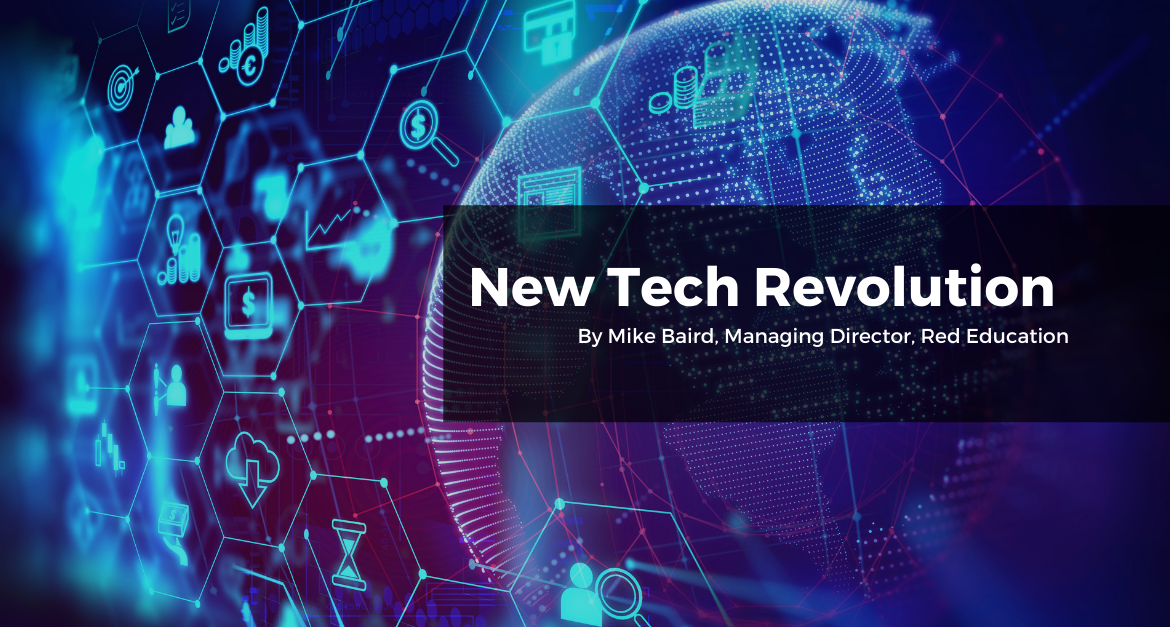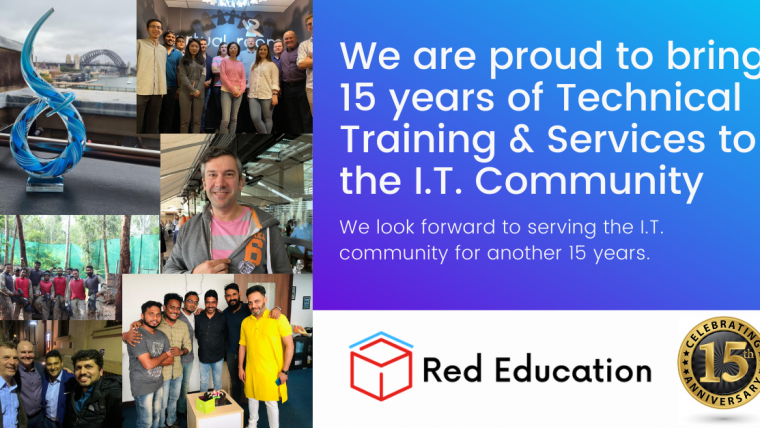Summary: The need for specialist cybersecurity training has become critical and urgent, as organisations scramble to address the new IT skills gap that has arisen from the rapid transition from old to new technologies.
Cloud computing revolution
One of the more defining trends in IT has been the rise of cloud computing. Investment in the cloud is displacing investment in on-premise IT at an aggressive rate, growing seven times faster than overall IT spending growth, according to IDC.
The growth is showing no signs of slowing down. ReportLinker research shows that the global cloud computing market size is expected to grow from USD 272.0 billion in 2018 to USD 623.3 billion by 2023, at a Compound Annual Growth Rate (CAGR) of 18.0%.
Although cloud computing has been a feature of the IT landscape since the early 2000s, implementation was slow initially in many areas, hampered by a lack of understanding and trust.
Inevitably, of course, growth picked up towards the end of the last decade. And then events took a turn that none of us saw coming.
The pandemic effect
A year ago, the world shut down with the global pandemic and new technologies exploded with five years of growth being implemented in just 12 months.
In the history of civilization, there has never been so much radical social change in such a short period. The COVID-19 pandemic has been to the 21st century what the Industrial Revolution was to the Victorian era, and today we are seeing a Technology Revolution driven by cloud virtualization. Future generations will refer to this century, and this year in particular, as the turning point of the Golden Era of a New Technological Revolution.
Just reflect on how much global cultural change has occurred in only the last twelve months.
We have seen a population exodus from city suburbia towards regional communities. We no longer carry cash in our wallets, we have changed our eating habits, preferring restaurant foods delivered to our door by an app. There is now no normal 9-5, we balance working from home and office, now attending to family needs, and making work fit around family as opposed to the latter being the priority. We physically travel less by transport and we now run more meetings virtually than in person. We have changed our social gatherings preferences to smaller group events and our holiday destinations are local instead of overseas. The social fabric of our world has dramatically changed in less than 12 months. Until now, never before has the world seen such a rapid change in such a short space of time.
Rushing towards ‘Cloud Nirvana’
The adoption of new technologies and the digitization of processes, to enable this new era of remote working, has pushed us towards “Cloud Nirvana”.
There is a tsunami of interest coming from our students to address cloud security issues as businesses rush towards hybrid/ and full cloud solutions. It’s interesting to see how quickly behaviours have changed, and that change is underpinned by IT technology and cloud services. There is a symbiotic relationship between the two, one supporting the other and vice versa. A year ago, the world shut down due to the Pandemic. In that time, we have leapfrogged five years of technological progress. Globally, that’s an enormous step forward in a very short period.
Businesses under pressure from the rapid adoption of cloud solutions
This has placed an inordinate strain on businesses to implement cybersecurity solutions quickly, whilst ensuring best practice is adopted in the rollout and management phases. In an era of zero trust, we are seeing on-premise solutions transition to either a hybrid or full cloud experience. In the rush to transition, we are continually being asked to come in and assist local and enterprise companies to triage mistakes in their implementations, sadly after breaches have occurred. Companies cannot afford to cut corners on this. The risks are too high as we have seen so many cybersecurity-related incidents this past year alone.
Cybersecurity underpins business profitability and continuity
At the board level, the importance of cybersecurity has ratcheted up tenfold in the past 12 months. It has gone from a bothersome expense on the P&L to a critically important platform that underpins business profitability and continuity. This has thrust IT professionals smack in front of C-Suite and Board Committees.
Its vitally important that I.T. Managers learn to articulate, and sell their concepts, to impress upon the leaders of these organisations the importance of their ideas and strategies. Like it or not, interpersonal skills are a must-have post-COVID if I.T. wish to stay relevant.
If you bought a Lamborghini, would you trust an unlicensed driver?
Take a look at these statistics about the ANZ region from itbrief.
They quoted a recent survey from Deloitte and RMIT Online showing that, out of 600 Australian businesses, 88% surveyed say it’s difficult to find skilled employees.
While those businesses are doing what they can to address skill shortages, many (49%) rely on attracting new employees – but only 45% are focusing on internal training and education.
When millions of dollars are at risk, why does technical training rank so low on the business spectrum?
It is understandable during Covid to review all internal costs. We followed this same process as every other business. However, Instructor lead training cannot be one of those investments to be cut from the P&L.
If you purchased a Lamborghini, would you entrust an unlicensed driver behind the wheel? I doubt it. So why is it that certified training is the first to be cut out of budgets? It should be seen as an essential investment, not a cost.
Board room executives must change their priorities. Training deserves equally as much attention as the new technologies it supports. And they must insist that certified trained employees are skilled up in preparation for large organisational change. The cybersecurity RISKS are too large to shave a percentage point off the bottom line.
The era of multiple technologies and new skill sets
Companies can no longer afford to have staff specialise in only one technology. They must now be experienced across several vendor technologies and the interplay between these solutions. Therefore, we are seeing an explosion across Agility, Firewall, Data Management and Analysis, DevSecOps, Cloud, Automation, Threat Hunting and now also Interpersonal Skills training.
Employees smart enough to adapt and upskill, with more than six certifications earn more than USD 13,000 per annum more than their single vendor certified counterpart. Multiply that by thirty years over one’s professional career and it makes sense to invest in one’s education.
Managing cybersecurity risk by upgrading the skillset
In training, in the rush to adapt to technological change, we are seeing gaps in the necessary skills to implement these new technologies. Technology adoption is outpacing the skill set, equating to an increase in cybersecurity risk. At the helm of a training company like Red Education, I see that we have a social responsibility to talk to cybersecurity risk as well as the beginnings of an enormous opportunity to help businesses successfully implement a successful cloud adoption strategy.







